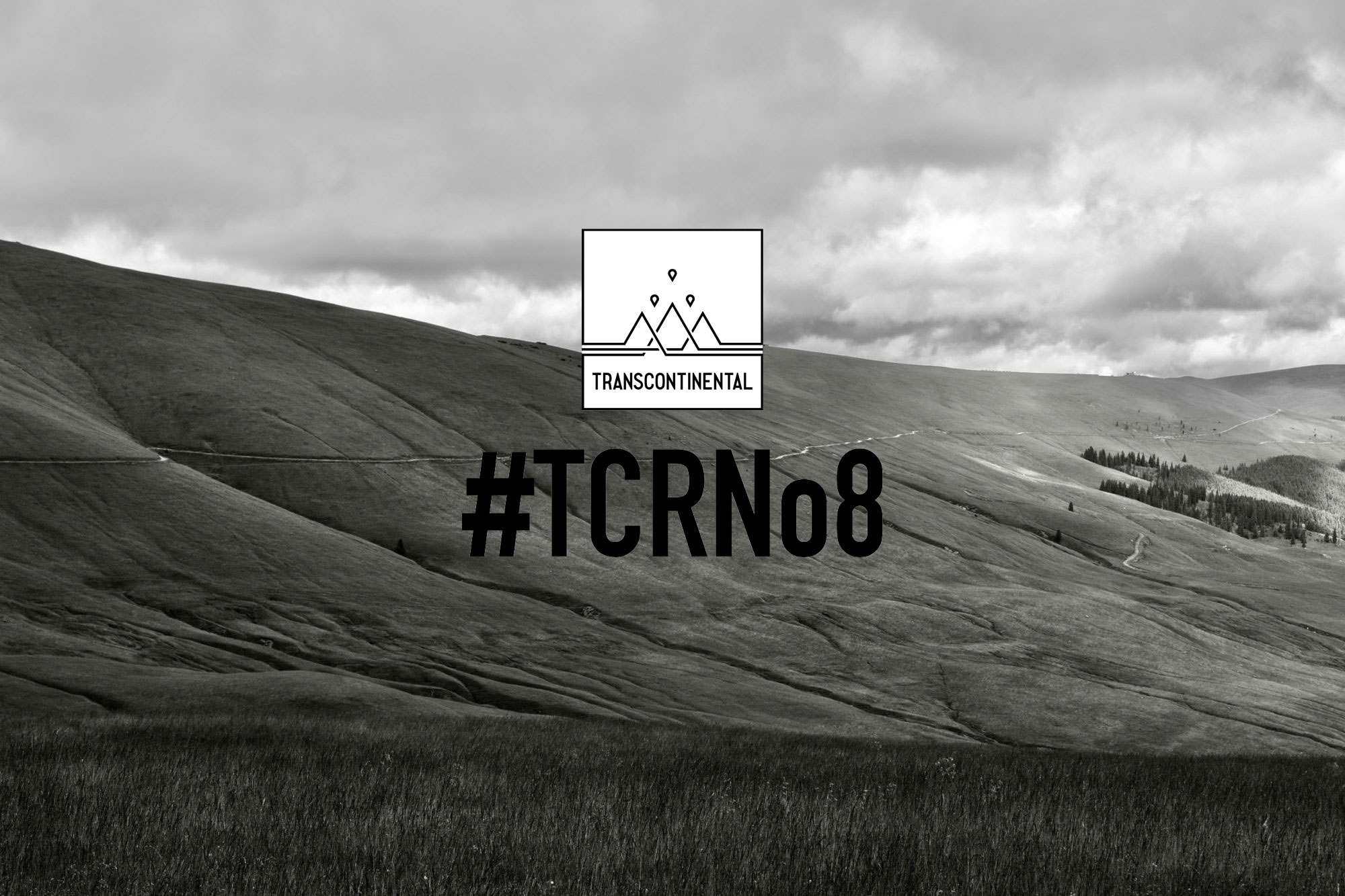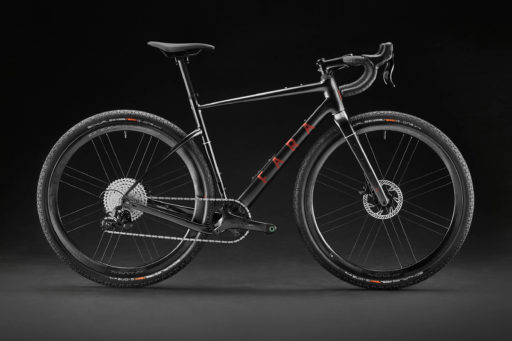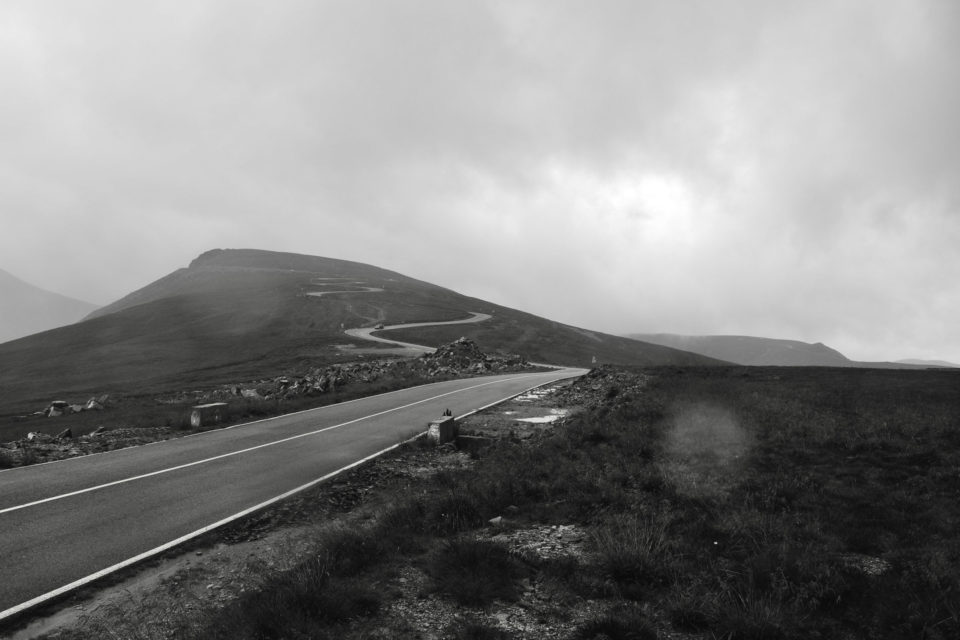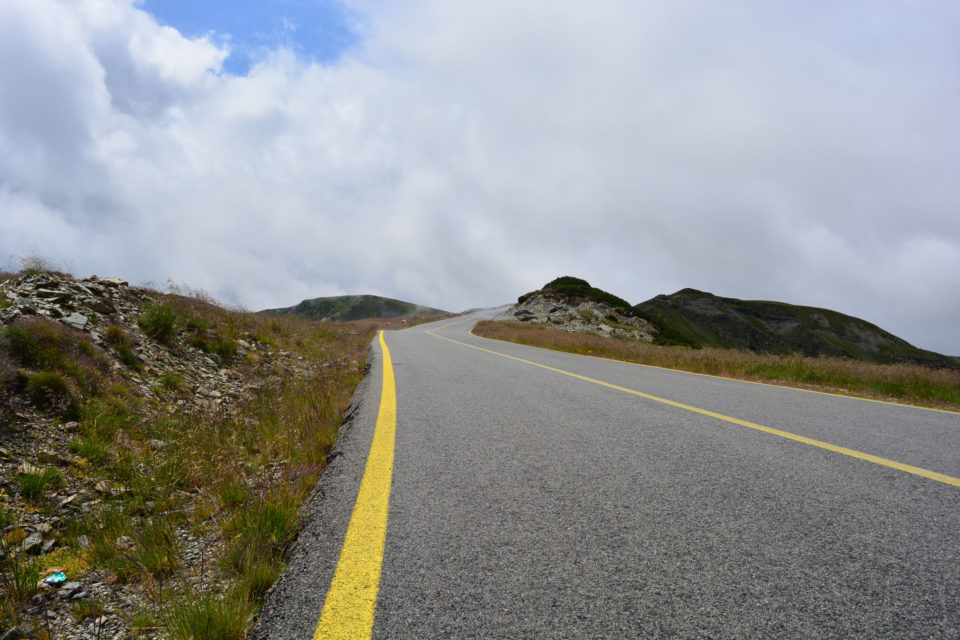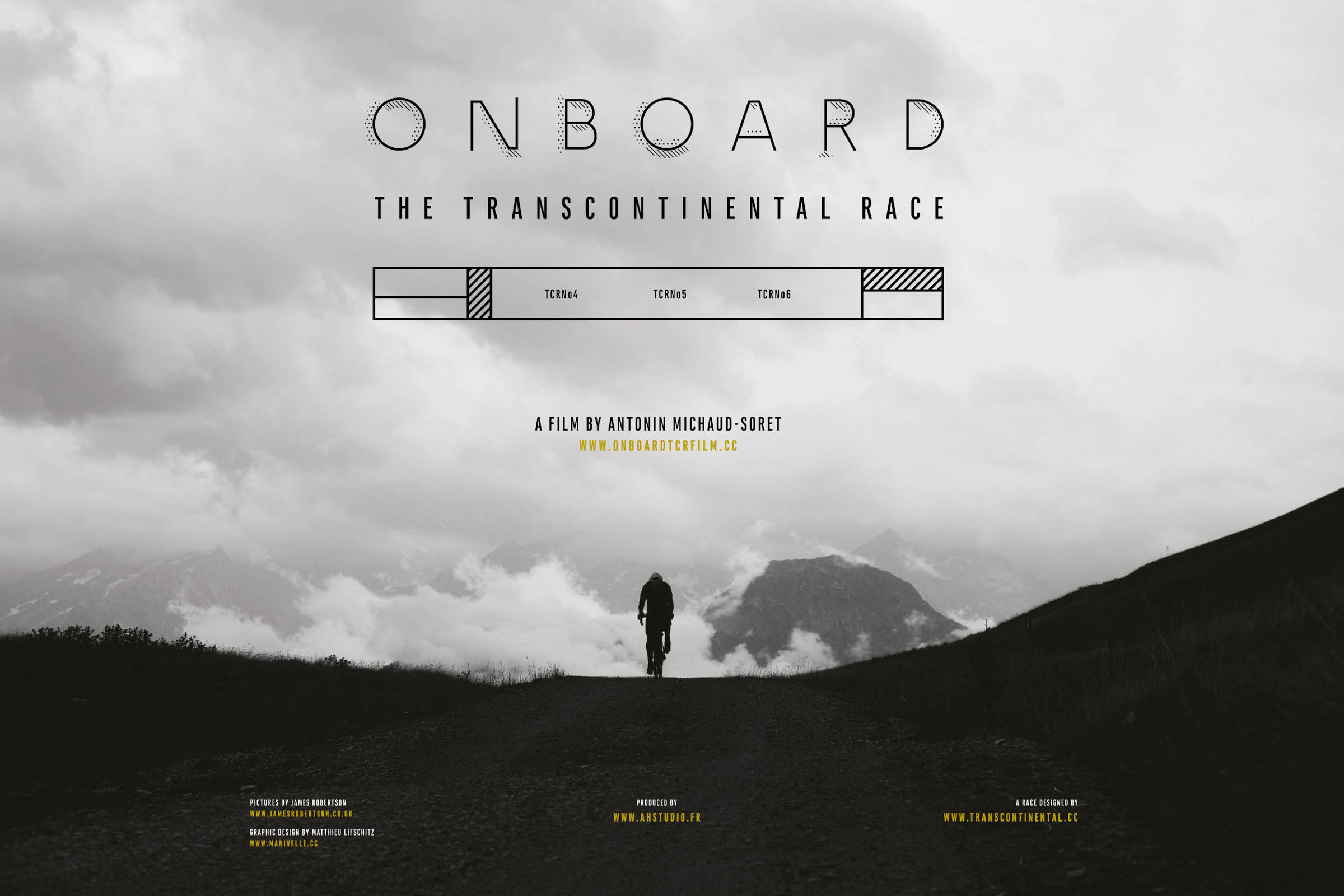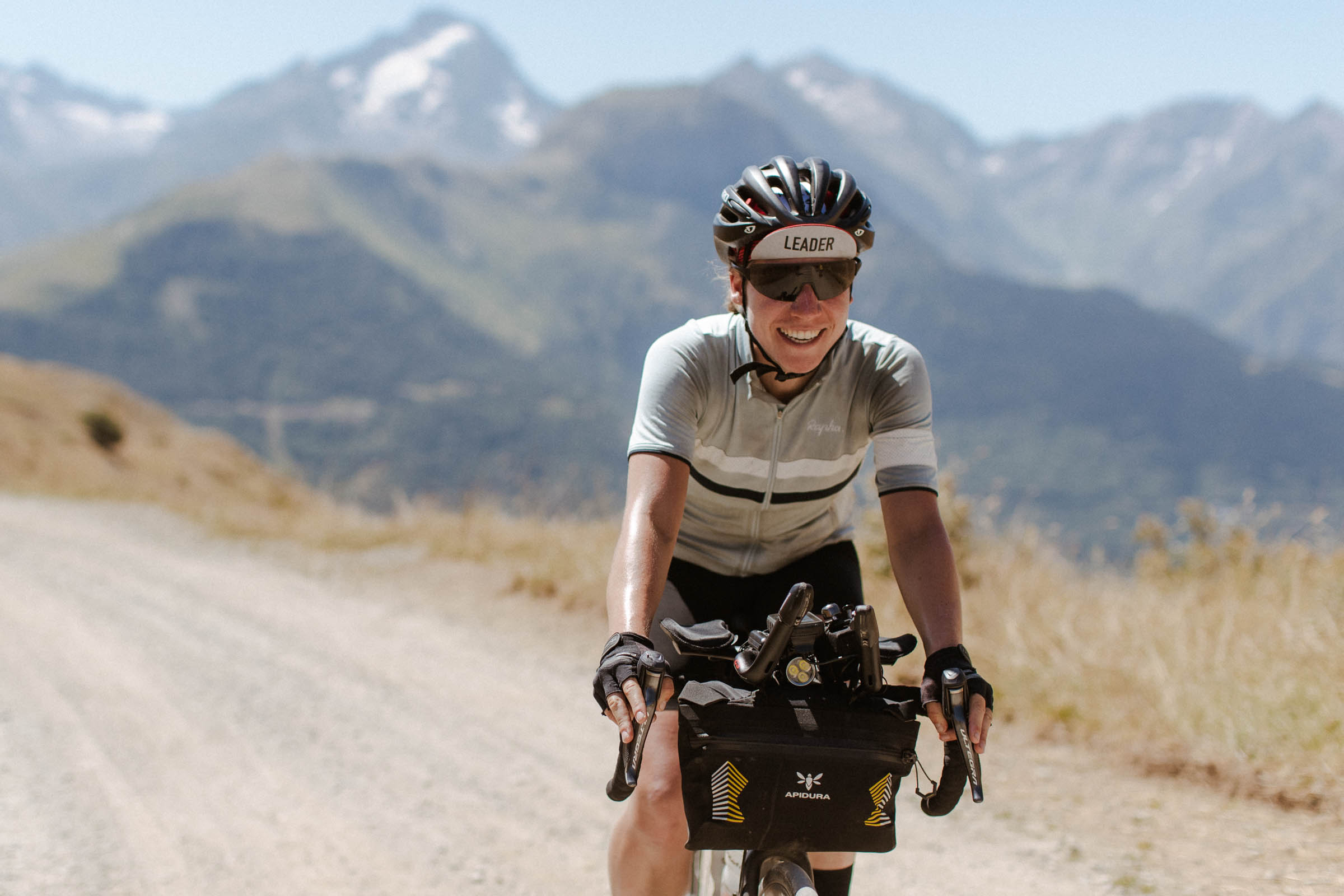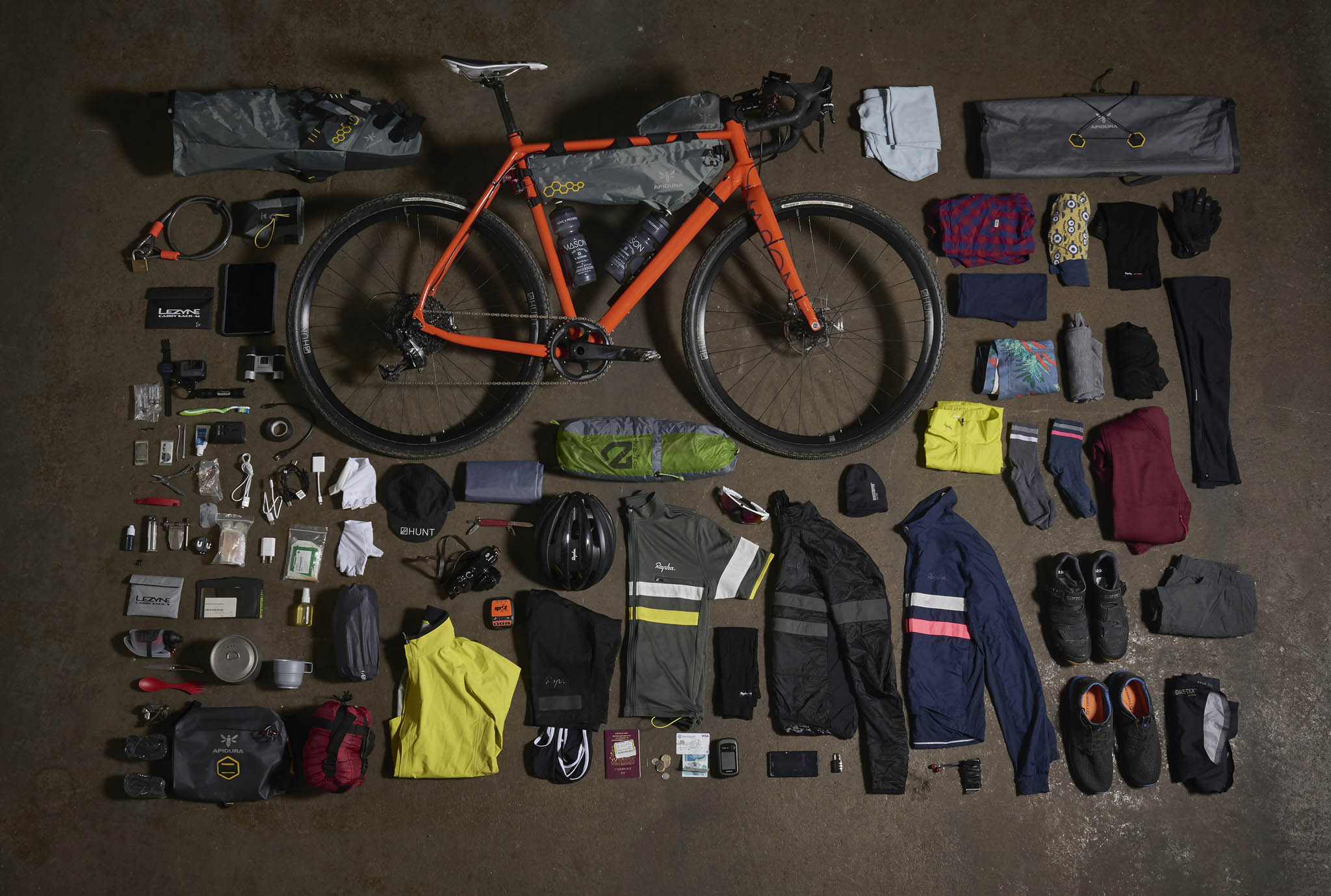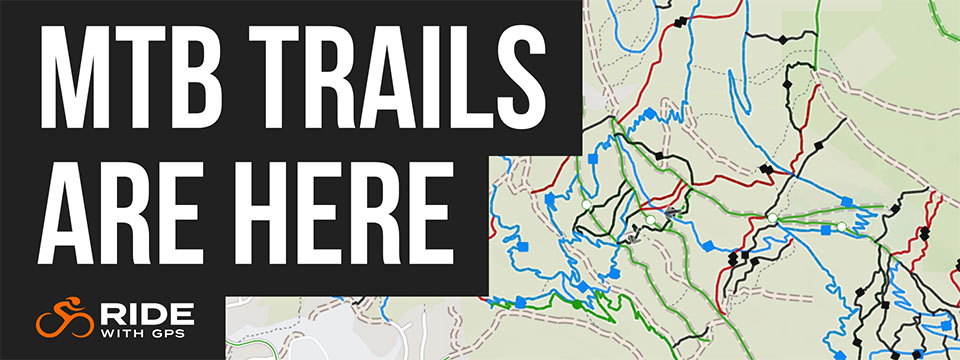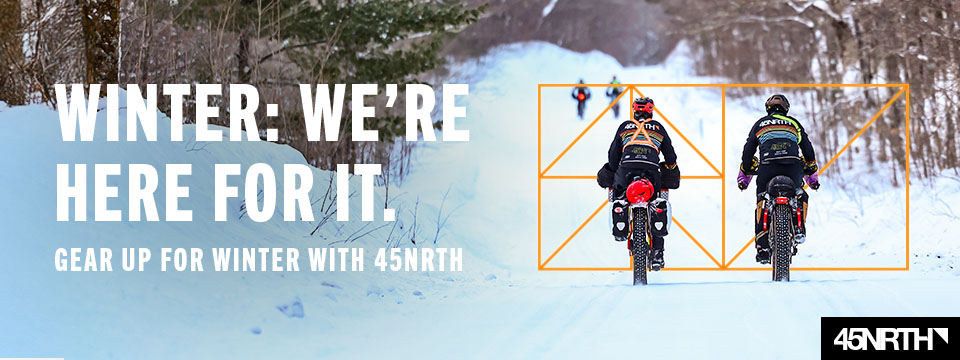After a two-year hiatus, the Transcontinental Race is back for 2022. Find details on the eighth edition of the event here, including a breakdown of each of the mandatory control points from the event organizers…
Founded by Mike Hall in 2013, the Transcontinental Race (TCR) is an annual self-supported, ultra-distance bikepacking race across Europe. The route varies for each edition, and participants are free to choose their own route between the mandatory checkpoints. The last two TCRs were cancelled due to COVID-19, so we’re excited to finally see the event back for 2022. All rules remain the same: it’s a single-stage race across Europe where the clock never stops, there’s no support, and riders must stop at four mandatory checkpoints.
The eighth edition of the Transcontinental Race takes off from Muur-Kapelmuur, Geraardsbergen, Belgium on July 24th, 2022. Find an interesting video overlaying the routes from 2013 to 2022 below, followed by descriptions of the four control points from the organizers below.
Control 1: Krupka, Czechia (Czech Republic)
The longest parcours on this edition of the race will guide riders through the northern edge of the Ore Mountain range that forms the border between Germany and the Czech Republic. Starting from the small town of Osek, riders immediately face a punchy climb to gain the plateau where a mixed surface route will guide them into the Bohemian Switzerland National Park (Národní park České Švýcarsko). The park is known for beautiful and unique sandstone formations and riders will traverse the Tiské stěny which tower over the village of Tisá.
The route visits the historic town of Děčín on the banks of the river Elbe, which was built on the foundations of an ancient settlement at the Elbe Ford, an important trade route. Děčín castle, originally built in the 10th century by the dukes of Bohemia, dominates the riverbank on a rocky outcrop. The castle features a long and imposing drive leading towards the entrance called the long journey (“Dlouha jizda”). The route finishes with a descent towards Litoměřice where riders point their handlebars southwards, traversing the southeast corner of Germany, aiming for the Alps. Control Point 1 lies roughly 800 km from the start in Geraardsbergen and riders will have around 4 days to reach the control location whilst our volunteers are present and the control is operational.
Control 2: Passo di Gavia, Italian Alps
The occasional Cima Coppi of the Giro d’Italia, the Passo di Gavia has gained notoriety for unpredictable and challenging weather conditions over the years. Historically, the pass was used mainly by Venetian merchants travelling to Bormio and further north to trade. During the First World War, the Gavia’s strategic position, like many of the great passes, made it the focal point of intense fighting and the area retains the gravel tracks and fortifications built and used during the conflict.
At the summit lies Lago Bianco and beyond and below that, Lago Nero. Local folklore tells a romantic and dramatic story of two lovers separated by fortune who fled into the mountains to be together and who turned into the two contrasting lakes when their flight was pursued and ultimately thwarted. The route from the first control point will guide riders some 750 kilometers taking on some challenging and dramatic cycling as they navigate into the heart of the Alps. CP2 will be open for roughly 4 days.
Control 3: Durmitor National Park, Montenegro
The race returns to Durmitor National Park in Montenegro for the third Control Point of the race. Repeating the route from Pluzine to Zabljak that was first featured on the fourth edition of the race in 2016. The park is part of the Dinaric Alps and its highest peak, Bobotov Kuk, towering over the parcours route, reaches a height of 2,523 meters. The many glacial lakes scattered throughout the region are colloquially named Gorske Oči, or ‘mountain eyes’.
The road climbs steeply from Lake Piva, acute elevations zigzagging through rough-hewn rock tunnels before the road opens onto the spectacular landscape of jutting rock striations and high rolling pasture. Riders become minuscule dots on a ribbon of sweeping road that provides the most incredible vantage point for the surrounding scenery. Those lucky enough to be racing this parcours at sunrise or sunset are in for a memorable experience. TCRNo4 in 2016 was to be the last race Mike directed to completion. This link to his last race is a poignant and important tether to our friend and founder; the ‘evil genius’. Riders will navigate the 1150 kilometers from CP2 into Eastern Europe. By this point in the race they will have well over 2,000 kilometers and 20,000 metres elevation in their legs, many riders will have scratched by this point and those grinding onwards will be mindful of the challenges to come. CP3 will be open for roughly 6 days.
Control 4: Drumul Strategic, Transalpina, Romania
The final Control will coax riders into the mysterious romance of Romania’s Parâng mountains, part of the Southern Carpathian sweep of rock that carves across Central and Eastern Europe. With the help of our local friend Silviu, we unearthed a little-known off-road route, Drumul Strategic, that deviates from the better-known asphalt of the Transalpina. The parcours is a challenging mix of gravel and rough, unmanaged track over uneven terrain that will present serious technical challenges in unfavourable weather. Riders will be required to make good decisions and careful risk assessments before attempting this final challenge before the finish on the Black Sea coast. Kit choice, particularly tyre choice, will play an integral part in a rider’s decision-making for this section in order to complete their race safely and in good time.
The Transalpina is a historic route originally known as the Poteca Dracului (the Devil’s Path) used by shepherds and their herds. It is thought it was further developed by the Roman legions and finally paved during the second world war, it is now a popular tourist destination for foreign visitors and Romanian holidaymakers alike. CP4 will remain open for roughly 8 days.
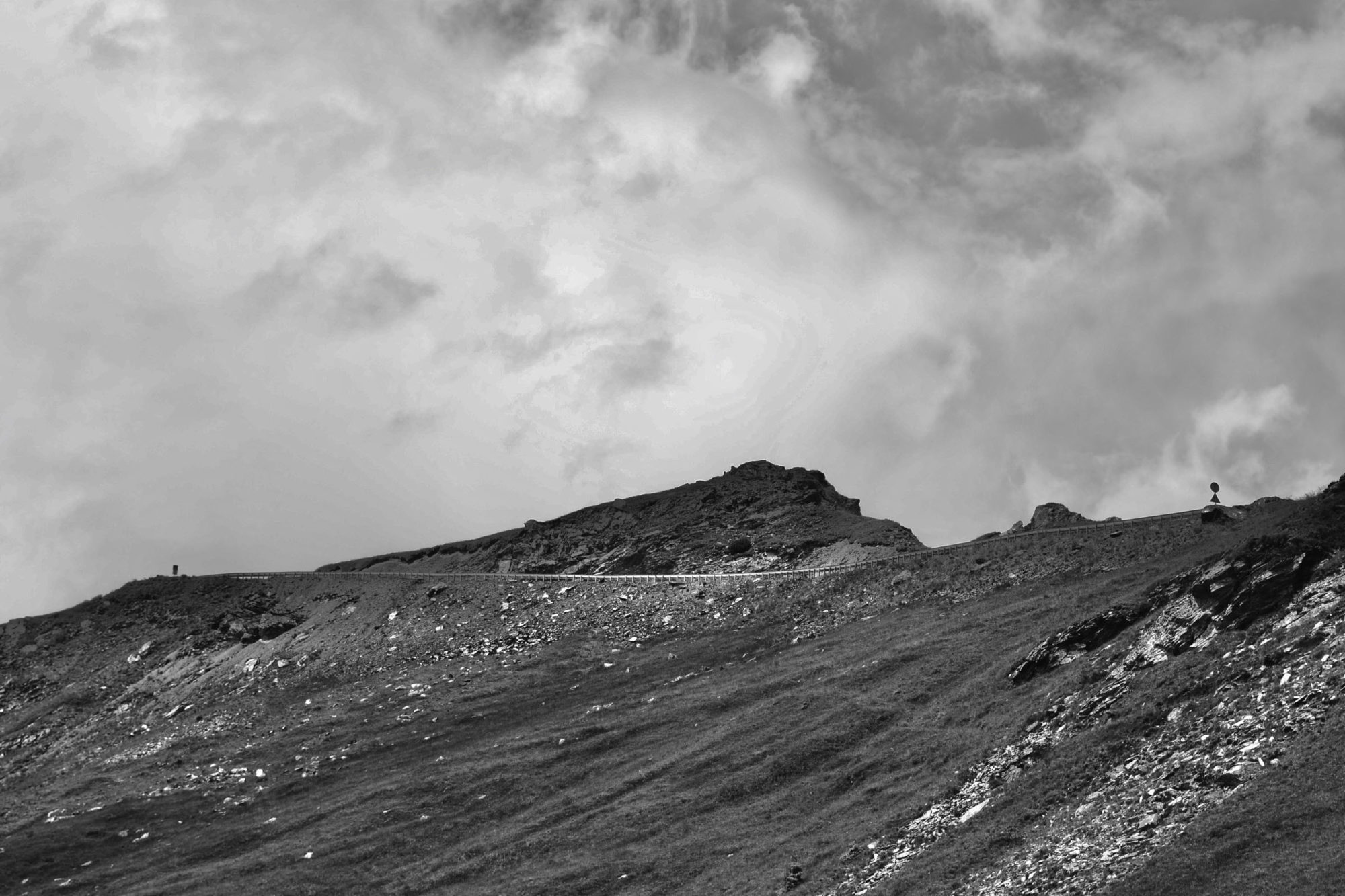
Finish: Burgas, Bulgaria
This year, we return to the Bulgarian Black Sea Coast to finish TCRNo8. The popular coastline stretches from the Romanian Black Sea resorts in the north to Turkey in the south, drawing millions of foreign and local tourists alike. Prior to 1989, the coast was internationally known as the Red Riviera, since the fall of the Iron Curtain, its nickname has changed to the Bulgarian Riviera. In order to assist all riders in selecting safer cycling routes all designated ‘E’ roads in Romania will be prohibited from the race and only selected ferry crossings will be permissible to cross the Danube from Romania to Bulgaria. Riders will cross the north of Bulgaria and where they choose to cross the Balkan Mountains that lie between them and their destination is up to them.
Burgas played host to the start of TCRNo7 in 2019 and it will be a popular finish destination for the relaxed welcoming atmosphere and easy travel links to the rest of Europe. The finishers’ party will take place on the 8th of August and the finish control will close 16 days from the start of the race.
Learn more at Transcontinental.cc.
Related Content
Make sure to dig into these related articles for more info...
FILED IN (CATEGORIES & TAGS)
Dispatch
Please keep the conversation civil, constructive, and inclusive, or your comment will be removed.







